Shine the light with LED
 |
| Light-emitting diode can save 30-90 per cent of electricity |
Do Huu Hau, general director of Germany’s lighting product maker Osram Vietnam, told VIR that Osram, currently enjoying a 30 per cent market share of Vietnam’s light emitting diode (LED) market, would establish other two subsidiaries in Hanoi and Ho Chi Minh City.
“It is predicted that the subsidiaries will be licensed in late July 2016,” Hau said. However, he refused to reveal the total investment capital for the new subsidiaries.
In the near future, Osram will expand its LED product portfolio in Vietnam with several hundred types of new products.
“The demand for LED lamp products, with increasingly reasonable price tags, is surging in Vietnam, where many LED investors are coming to invest and compete,” Hau said.
Currently, Osram is operating a joint venture with local Khai Toan Company in the southern province of Dong Nai. The joint venture imports Osram’s LED spare parts from Osram’s factories overseas to assemble and distribute in Vietnam. Osram in Vietnam’s revenue rose 75 per cent year-on-year in this year’s first half, and is expected to double for the whole year.
Last week saw South Korea’s Seoul Semiconductor ink a co-operation deal with the northern province of the Ha Nam People’s Committee to build a $300 million semiconductor and LED lighting equipment manufacturing factory on an area of 7.5 hectares in the province’s Dong Van 1 industrial park.
Construction is expected to commence next month and will be divided into two phases, with the first worth $147 million, and the second valued at $153 million.
The factory will employ 3,000 workers. Its revenue is expected to hit $150 million in the first year of operation, and $200 million by the second year. The figure will rise to $400 million and $500 million in the third and fourth years, respectively.
Also in this park, South Korea’s KMW Vietnam is boosting the recruitment of engineers and workers for its $100 million 30-hectare factory to manufacture LED telecommunications equipment. The factory will produce 220,000 telecommunications equipment products annually, including filters, diffusers, antennas, radio connectors and remote radio heads, as well as 380,000 LED lamp products. All products will be produced both for the local market and exported. The factory will also employ over 3,000 local workers.
“Vietnam has big potential for LED technology to develop, with its business-friendly climate and growing demand,” said Kim Duk Yong, chairman of KMW South Korea.
According to the Slovakian Embassy to Vietnam, a Slovak investor is planning to build a major factory in the central province of Nghe An to make LED lamps and will implement a project to replace the provincial public lighting system with an LED lamp system.
According to the Vietnamese Academy of Science and Technology, Vietnam is now an ideal spot for world famous foreign LED technology developers, such as Schreder, Osram, MEGAMAN®, Philips, Quality System, Nitria and Hua Bo Tech (Zhuhai). These firms are trying to establish roots in Vietnam.
The first LED factory in Vietnam was built by FawooKidi, a $12.3 million joint venture between Vietnam’s Kim Dinh Company (65 per cent stake) and South Korea’s Fawoo Technology (35 per cent stake). Based in Ho Chi Minh City and becoming operational in March 2010, FawooKidi rolls out over 10,000 LED lamps per day.
Invented in the 1960s, LED is a semiconductor light source and used as indicator lamps in many devices. Nowadays, LED is becoming increasingly popular for many other lighting solutions, and can save 30-90 per cent of power when compared to more traditional lighting methods. Currently, this eco-friendly technology is mostly used in Vietnam to light up advertising boards, shop facades, major streets and traffic signs.
What the stars mean:
★ Poor ★ ★ Promising ★★★ Good ★★★★ Very good ★★★★★ Exceptional
Latest News
More News
- Home firms make M&A presence felt (November 27, 2024 | 09:33)
- Thailand's BCPG invests $130 million in Gia Lai wind power plants (November 26, 2024 | 15:08)
- The 16th Vietnam M&A Forum: A Blossoming Market (November 26, 2024 | 13:53)
- Posco interested in $2.2 billion Quynh Lap LNG thermal power plant (November 26, 2024 | 13:50)
- $1.4 billion Nhon Trach 3 and 4 to operate in 2025 (November 26, 2024 | 13:37)
- Hung Yen focused on attracting high-tech FDI (November 26, 2024 | 13:20)
- Foreign investors flock to invest in southern provinces and cities (November 26, 2024 | 10:00)
- Trump may mean challenges for Vietnam but FDI remains strong (November 26, 2024 | 08:30)
- HCM City set to welcome fresh wave of US investment (November 26, 2024 | 08:00)
- Dynamic M&A landscape felt in food and beverages (November 25, 2024 | 16:21)

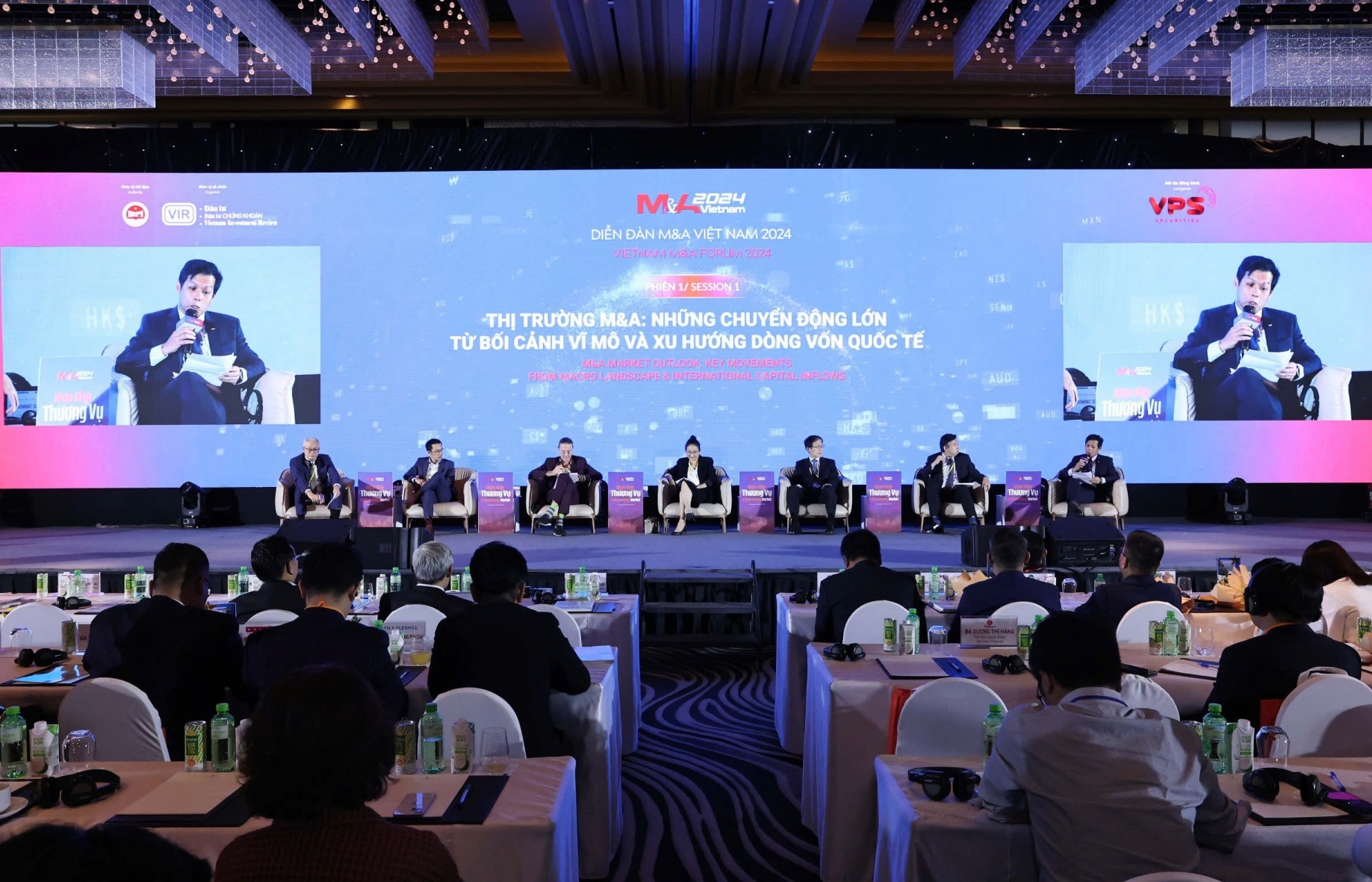

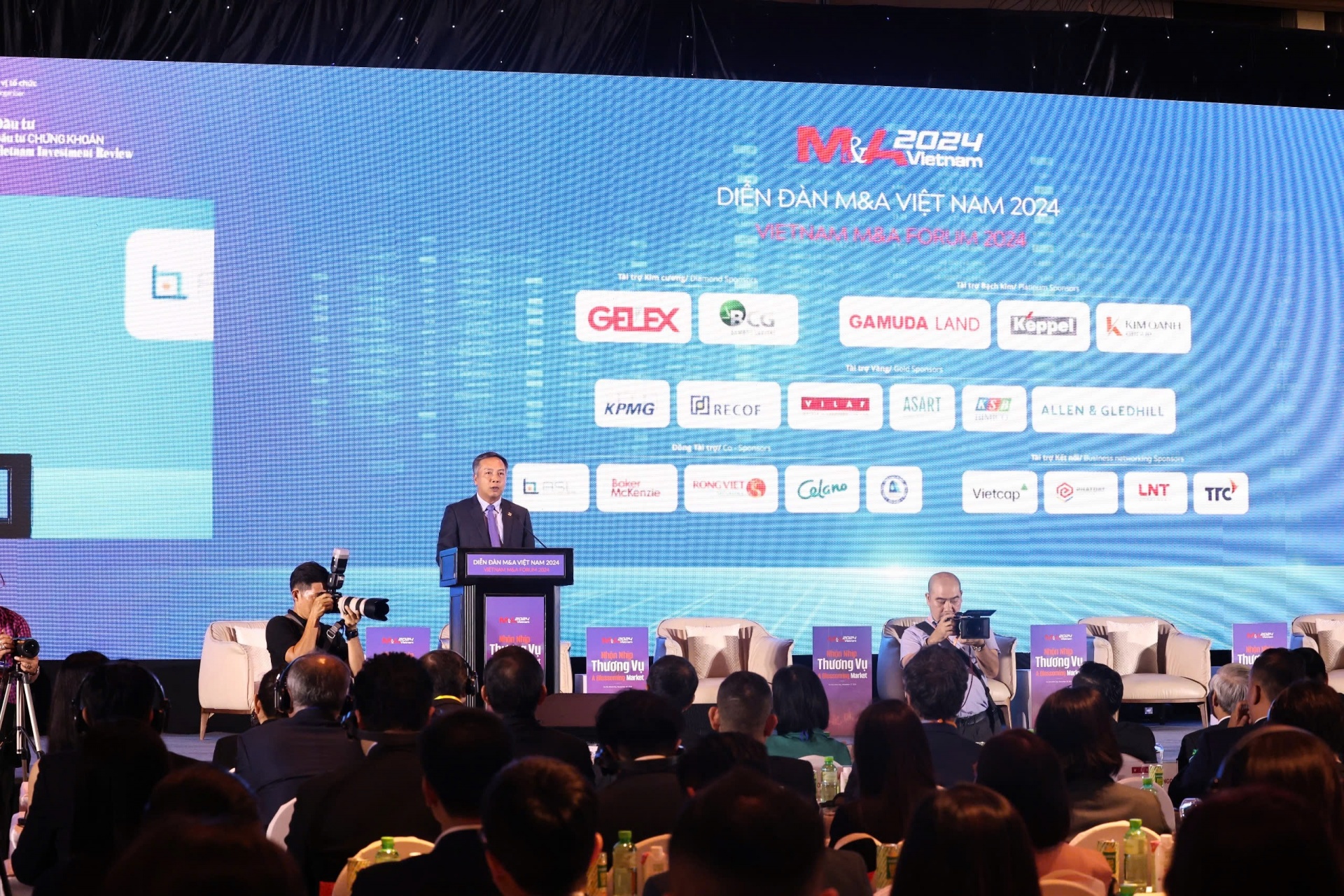
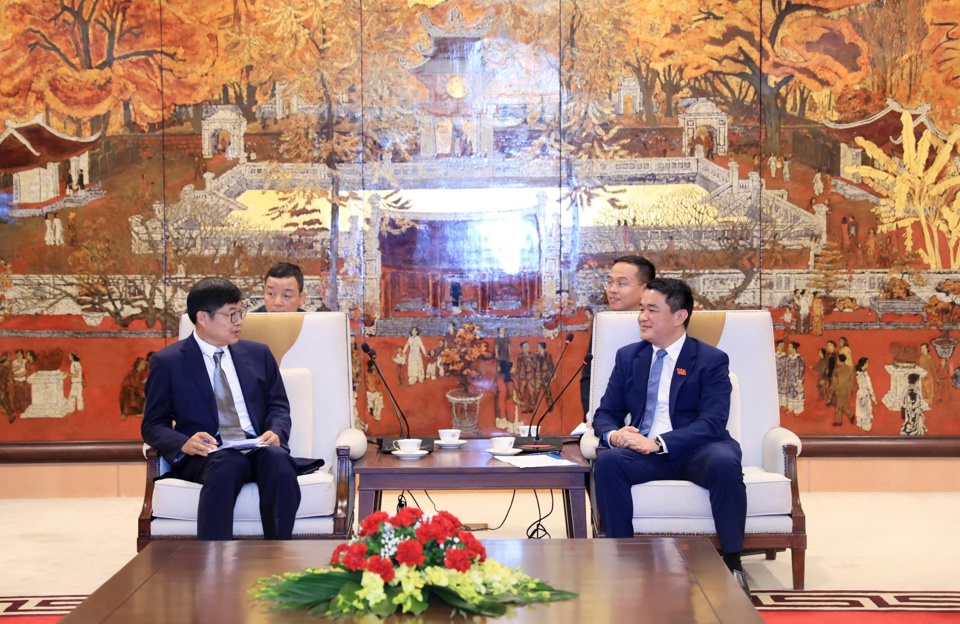

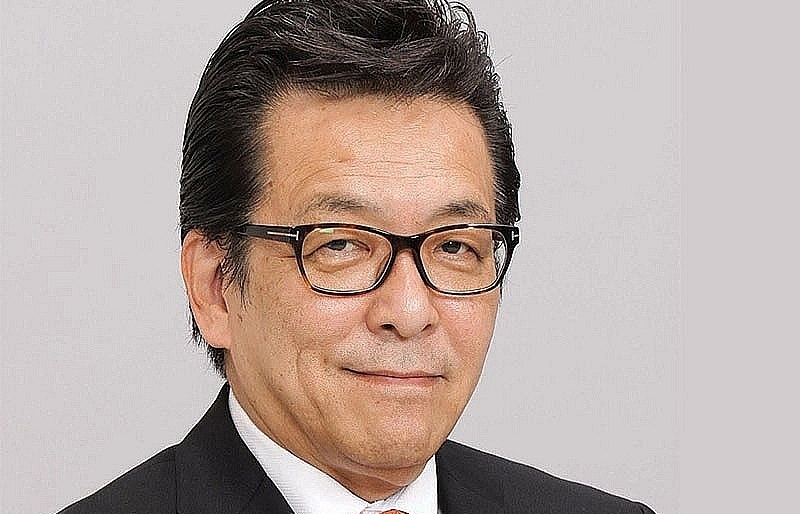



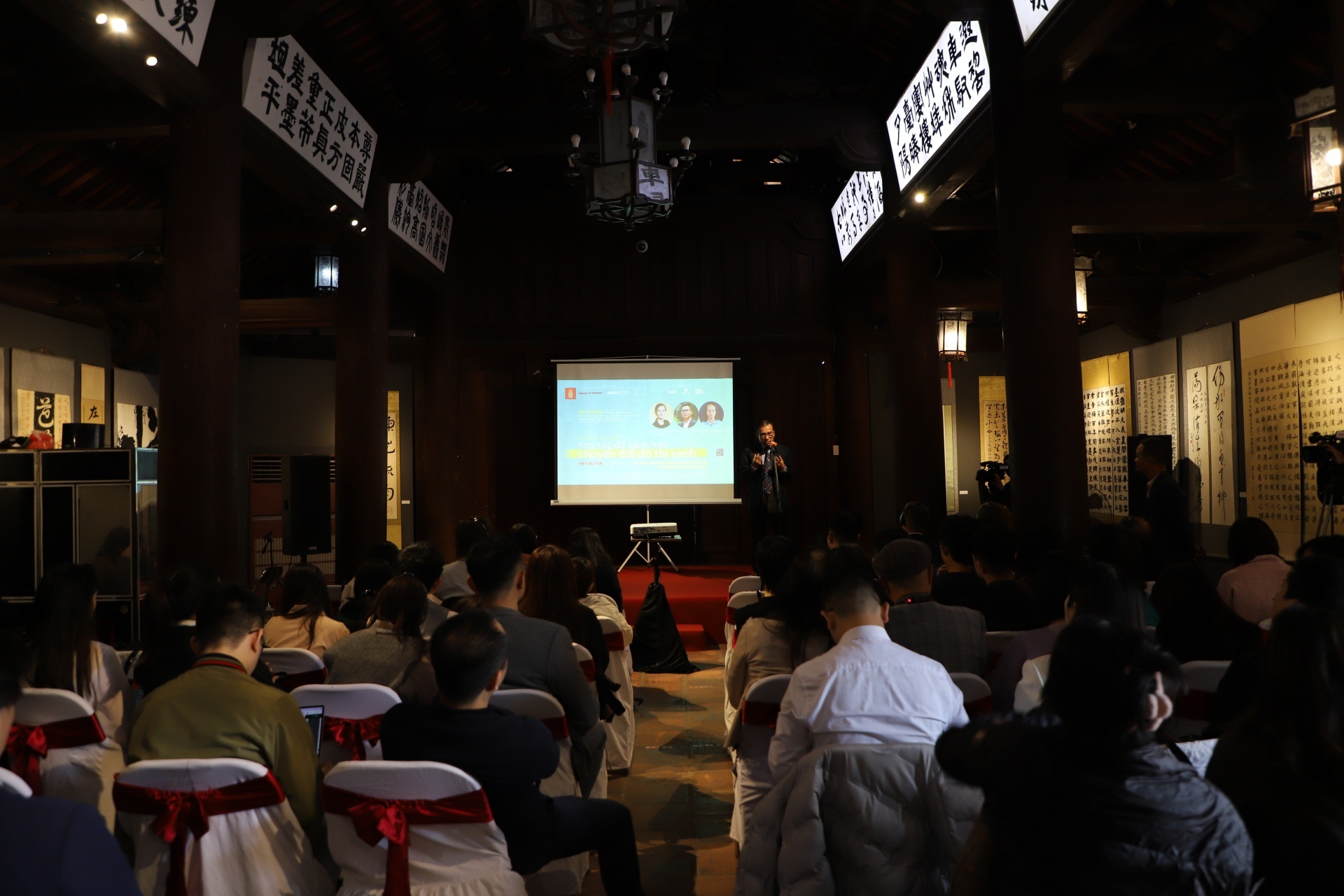
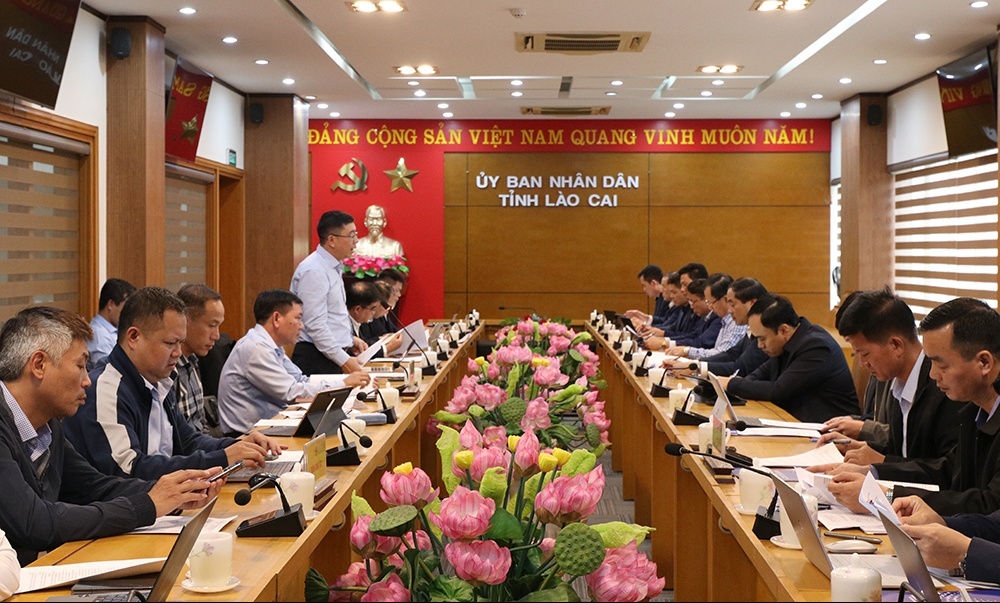
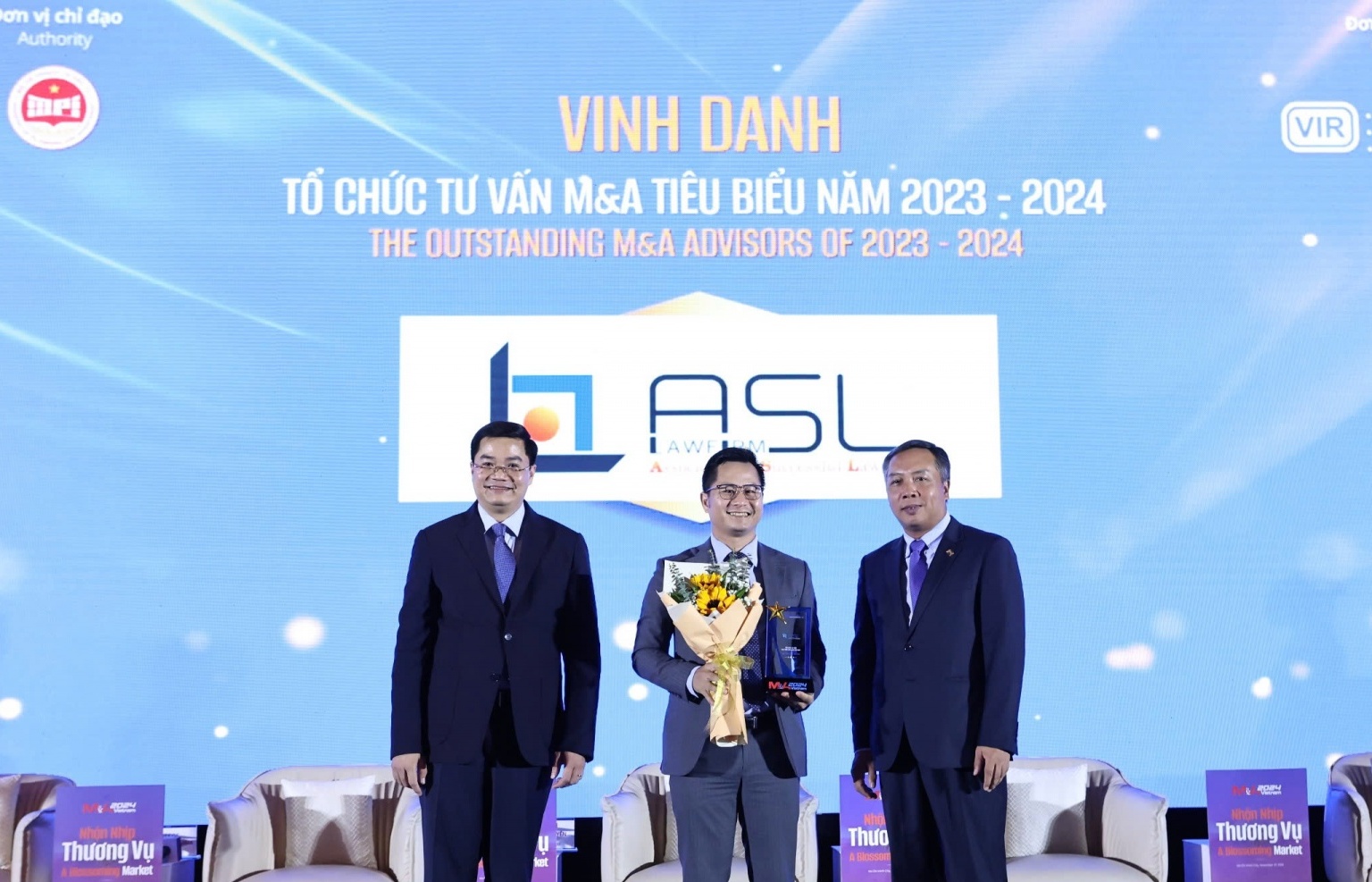




 Mobile Version
Mobile Version